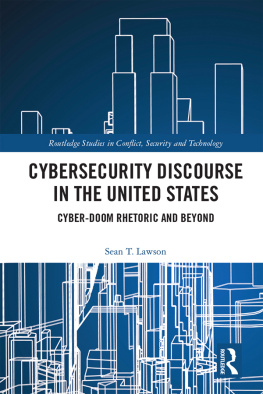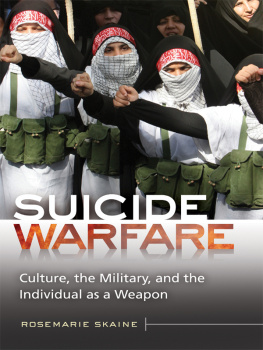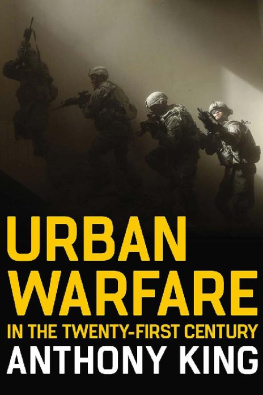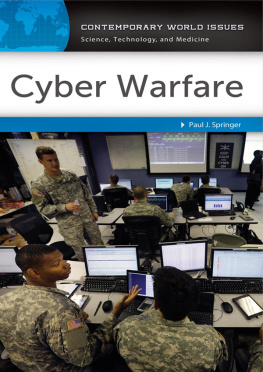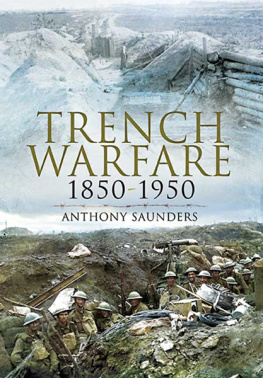
Nonlinear Science and Warfare
This book examines the United States militarys use of concepts from nonlinear science, such as chaos and complexity theory, in its efforts to theorize information-age warfare.
Over the past three decades, the U.S. defense community has shown an increasing interest in learning lessons from the nonlinear sciences. Theories, strategies, and doctrines of warfare that have guided the conduct of U.S. forces in recent conflicts have been substantially influenced by ideas borrowed from nonlinear science, including maneuvre warfare, network-centric warfare, and counterinsurgency.
This book accounts for the uses that the U.S. military has made of nonlinear science by examining the long-standing historical relationship between the natural sciences and Western militaries. It identifies concepts and metaphors borrowed from natural science as a key formative factor behind the development of military theory, strategy, and doctrine. In doing so, Nonlinear Science and Warfare not only improves our understanding of the relationship between military professional identity, professional military education, and changes in technology, but also provides important insights into the evolving nature of conflict in the information age.
This book will be of much interest to students of strategic studies, military science, U.S. foreign policy, technology and war, and security studies.
Sean T. Lawson is Assistant Professor in the Department of Communication at the University of Utah and has a PhD in Science and Technology Studies.
Routledge Studies in Conflict, Security and Technology
Series Editors: Mark Lacy, Dan Prince, Sylvia Walby and Corinne May-Chahal
Lancaster University
The Routledge Studies in Conflict, Technology and Security series aims to publish challenging studies that map the terrain of technology and security from a range of disciplinary perspectives, offering critical perspectives on the issues that concern publics, business and policymakers in a time of rapid and disruptive technological change.
Nonlinear Science and Warfare
Chaos, complexity and the U.S. military in the information age
Sean T. Lawson
First published 2014
by Routledge
2 Park Square, Milton Park, Abingdon, Oxon OX14 4RN
and by Routledge
711 Third Avenue, New York, NY 10017
Routledge is an imprint of the Taylor & Francis Group, an informa business
2014 Sean T. Lawson
The right of Sean T. Lawson to be identified as author of this work has been asserted by him in accordance with sections 77 and 78 of the Copyright, Designs and Patents Act 1988.
All rights reserved. No part of this book may be reprinted or reproduced or utilized in any form or by any electronic, mechanical, or other means, now known or hereafter invented, including photocopying and recording, or in any information storage or retrieval system, without permission in writing from the publishers.
Trademark notice: Product or corporate names may be trademarks or registered trademarks, and are used only for identification and explanation without intent to infringe.
British Library Cataloguing in Publication Data
A catalogue record for this book is available from the British Library
Library of Congress Cataloging-in-Publication Data
Lawson, Sean T., 1977
Non-linear science and warfare : chaos, complexity and the US military
in the information age / Sean T. Lawson.
pages cm. (Routledge studies in conflict, security and technology)
Includes bibliographical references and index.
1. Military art and scienceUnited StatesHistory20th century.
2. Military art and scienceUnited StatesHistory21st century.
3. Military art and sciencePhilosophy. 4. Chaotic behavior in systems.
5. Complexity (Philosophy) I. Title. II. Title: Chaos, complexity and the
US military in the information age.
UA23.L34 2014
355.020151539dc23
2013021465
ISBN: 978-0-415-83685-2 (hbk)
ISBN: 978-0-203-76644-6 (ebk)
Typeset in Times
by Wearset Ltd, Boldon, Tyne and Wear
Contents
I am grateful for the support and encouragement of family, friends, and colleagues during the research and writing of this book. This book began life as a dissertation project in the Department of Science and Technology Studies at Rensselaer Polytechnic Institute. I am thankful, therefore, to my committee members, Michael Fortun (advisor), Kim Fortun, Atsushi Akera, Ron Eglash, and John Terino (Professor at the Air Command and Staff College) for all of their early advice and support.
My colleagues in the Department of Communication have provided invaluable encouragement and assistance. Without the unrelenting encouragement of Marouf Hasian this book would have never seen the light of day. Kevin DeLucas scholarship and friendship have both contributed enormously to this text. Robert Gehl has always been available when I needed someone with whom to commiserate about the challenges of writing and editing, the vagaries of word processors, and the frustrations of publishing. Finally, my colleague and friend Dan Emerys keen editorial eye helped to whip unruly portions of this book into shape when all hope seemed lost.
Of course, most important of all has been the support of my wife, Cynthia Love. She has had to hear more about the topics covered in this book than any sane person not writing a book on these topics should ever have to endure. She has been everything at one time or another during this process: friend, coach, advisor, cheerleader, butt-kicker, brain-stormer, copy editor, and more. She is the one person without whose support this entire thing would not have been possible. Thank you, Cynthia!
Finally, I would like to thank the publishers of the various journals who have allowed me to reproduce work previously published with them. Portions of ).
1
The enlistment of nonlinear science into U.S. military discourse
First, what did we see when we looked at Operation Iraqi Freedom through the lens of transformation? [] We certainly saw the power of transformation itself. [] We want all of our enemies, current and future, to look at us and say, Wow. How do they do that? We see it unfold before our very eyes, but we dont understand whats really happening, and we cant stop it. Thats the power of transformation.
(Cebrowski 2003a)
Science works on more that it explains which explains some of the ways it has shaped war. [] It works, but in strange ways, not just on nature but on ourselves. And on our idea of nature. And on our idea of ourselves.
(Gray 1997: 767)
Iraq, Spring 2003
General Raad Hamdani, commander of the Iraqi Republican Guard II Corps, awoke on the morning of April 7 or 8 in an orchard 10 kilometers north of the town of al-Mahmudiyah. He could not remember what day it was, exactly, but for him it no longer seemed to matter. Days earlier, after several failed attempts to mount a defense that would halt the American advance, Gen. Hamdani had raced to his forward headquarters north of al-Mahmudiyah to make one last stand. Arriving just before the Americans, he had barely begun to assess the situation when he looked out the window and saw the American tanks in his courtyard (Woods et al. 2006: 1467). We had no more weapons and no more morale. Looking out the window was like being in some kind of movie, he told his captors afterwards (Woods et al. 2006: 148). It was clear that for him and his staff, the war was over. He ordered his staff to leave and return to their homes. He would hide in his headquarters building for the next several days, spending his nights sleeping in an orchard next to the building. On the morning of April 7 or 8, a local civilian informed him that what he already knew to be inevitable had finally occurred: Baghdad had fallen. Not only was his war over, but now, it appeared, so was Saddams.


